
1. A Map for Change
Here is a brief overview of Map for Change. This is a step-by-step process to help you have choices to respond differently to your life circumstances.

2. You Are Not Your Diagnosis
If you have previously been in the mental health system, you most likely have been given a diagnosis. I want you to know, you are not your diagnosis!

3. Going Within
I have been asked how I work with people to "go within". Today, I would like to share what I do with my clients. Going within is certainly a new experience for many. To begin, it is critical for my clients to ask the Part of themselves that generates unwanted responses, "What do you want?"
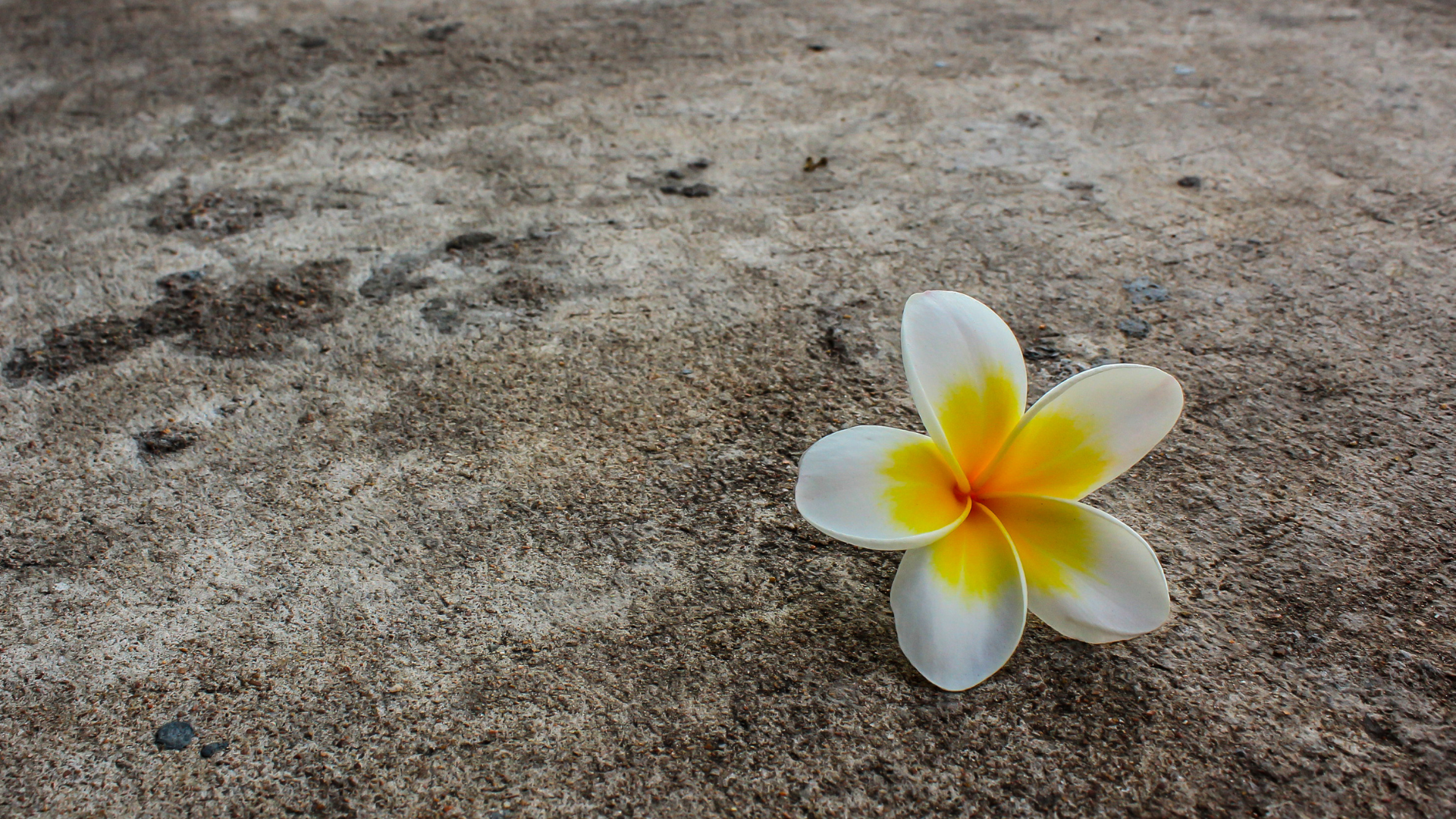
4. Living Our Full Potential
How do we get back on track and live our full potential? We must heal the wounds of our unmet needs, access our inner unique qualities and strengths, and make choices from that place.

5. Resistance
Last week, I referred to RESISTANCE and its role in the mental health profession. As a review, the concept of resistance is applied to the reaction of clients who do not change or let go of their defense mechanisms. These individuals are referred to as “resistant clients.”

6. Survival Mechanisms
Today, I want to share some examples of Survival Mechanisms so you can become aware of them. You might recognize some you use in your own life.

7. Change Is an Inside Job!
My great mentor, Dr. Milton Erickson, taught ways to help generate change through interrupting peoples’ Attempted Solutions. This allowed for shifting unwanted patterns to create new and better choices.

8. Using Unconscious Responses in Therapy
In my quest to learn how Dr. Milton Erickson helped so many people so quickly, one area of study I pursued was Neuro-Linguistic Programming (NLP).
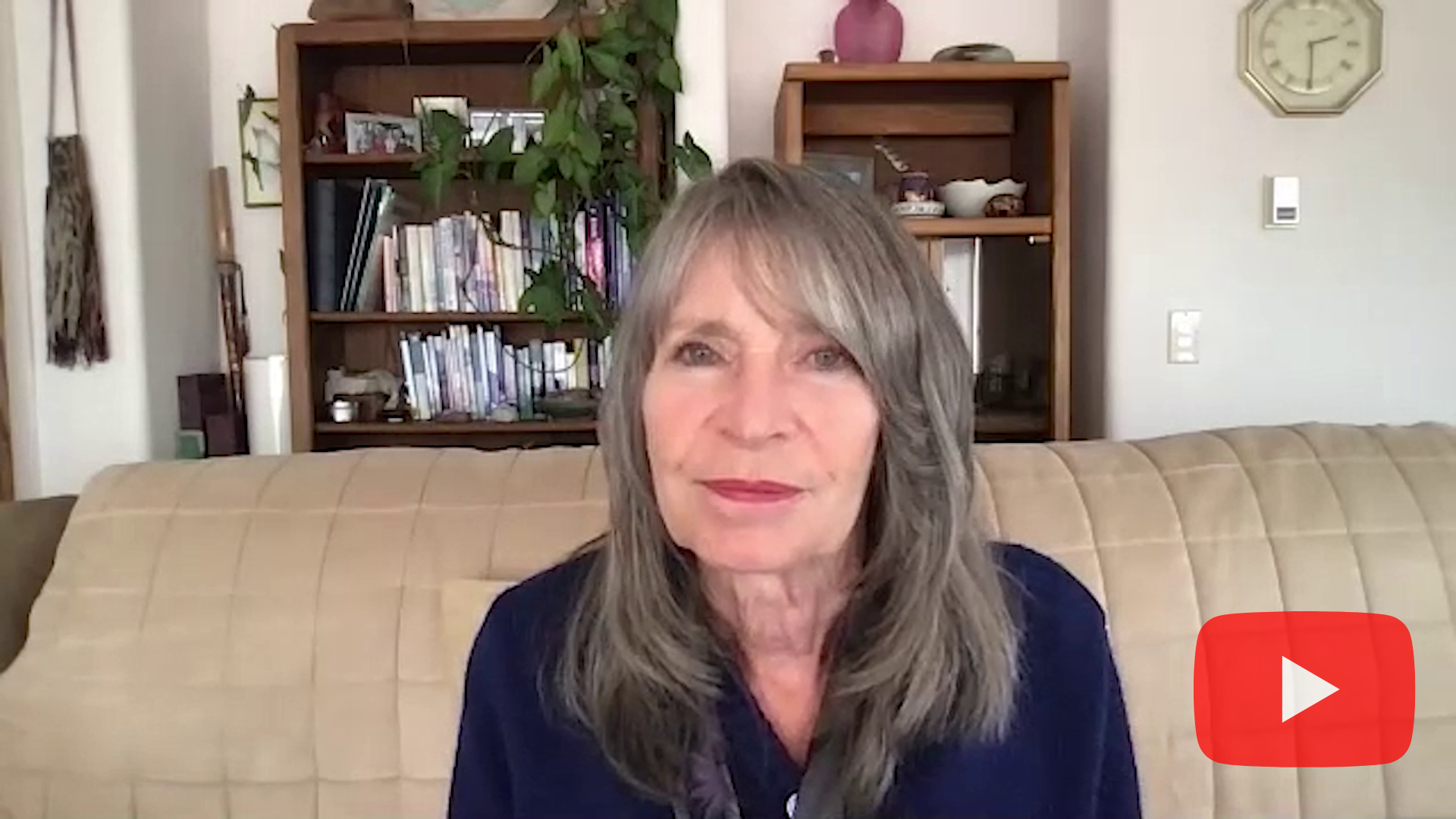
9. Working with Hopelessness
For today’s article, I am beginning a series addressing a number of questions that are frequently asked in our society today. The past year has been quite challenging, and hopelessness is experienced by many.

10. Continuing to Work with Hopelessness
Continuing with my series addressing questions that are common today: There are things we can do to make life better, but it is very challenging to actually do something different when we are in the midst of problems. How do you help your clients when they are feeling hopeless?

11. Why Some Therapy Models Help and Others Don’t
During my 40-plus years as a psychotherapist, my clients have shared information with me about their previous years of therapy. They often arrive at our initial session with a diagnosis given to them when they first sought help. They feel hopeless and frightened that the label they were given defines them and will affect the rest of their life.

12. Creating Change Using Our Inner Resources
Continuing with the concept that change comes from accessing and utilizing our own inner resources to find resolution to our problems and move toward our goals, I will share ways to put this to practice so that you can create changes you want in your life.

13. How Our Attempted Solutions Perpetuate our Problems
When we struggle with sadness, anger, fear, other unwanted emotions and behaviors such as any type of addiction, it feels like we have no control, and our only choice is to suffer with our pain.
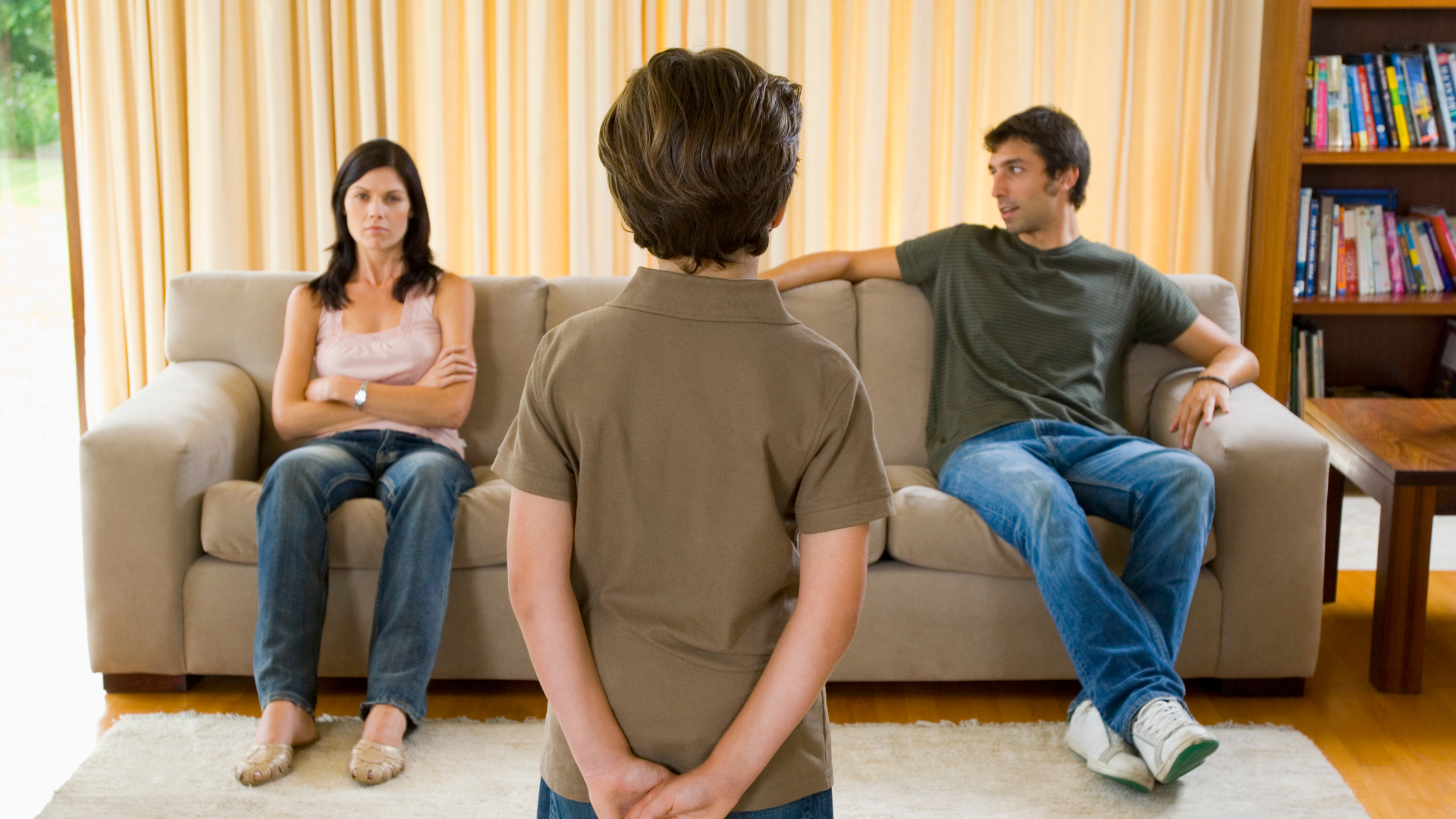
14. Effective Parenting, Part I
When I worked in the Chicago area from 1971 through 1986, I had two internships for graduate school and then was employed at several different family therapy agencies. Training therapists to learn effective tools for helping troubled children and their families was the main focus.

15. Effective Parenting, Part II
As a therapist, I am deeply invested in helping to bring conscious and responsible people into our world. I am also extremely passionate about providing parents with the skills and tools necessary to give their children the guidance required to succeed.
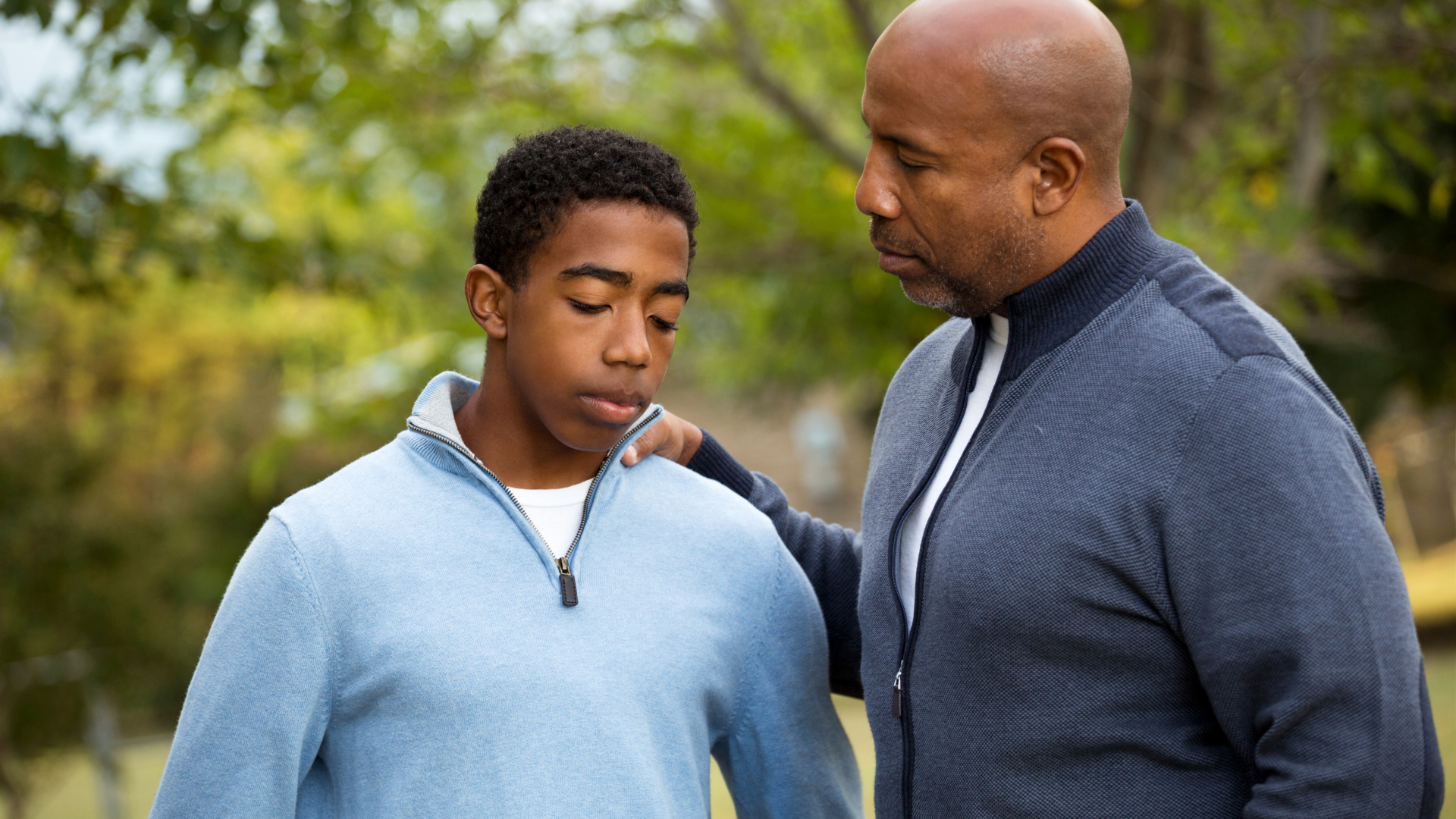
16. Effective Parenting, Part III
It is the parent’s job to help their children develop into contributing members of society. Guiding children to use and develop the forward-thinking part of their brains, and thus teaching them that there are repercussions for their actions when breaking rules, is an essential parental responsibility.

17. Effective Parenting, Part IV
When parents give children choices to begin with and children receive positive reinforcement for doing the things they are supposed to do, coupled with short-term immediate consequences for making the “wrong” choice, children learn that the next time, they would rather make the better choice.

18. Change is Possible
I want you to know that it is possible to change unwanted thoughts, feelings, behaviors and beliefs, creating choices to live the life you desire. For lasting change, we need to work with underlying unconscious patterns and programs we experience as unwanted feelings that repeatedly recreate our problems. Outdated and ineffective old tapes from our childhood are playing in our head, directing our thoughts and controlling our experiences.
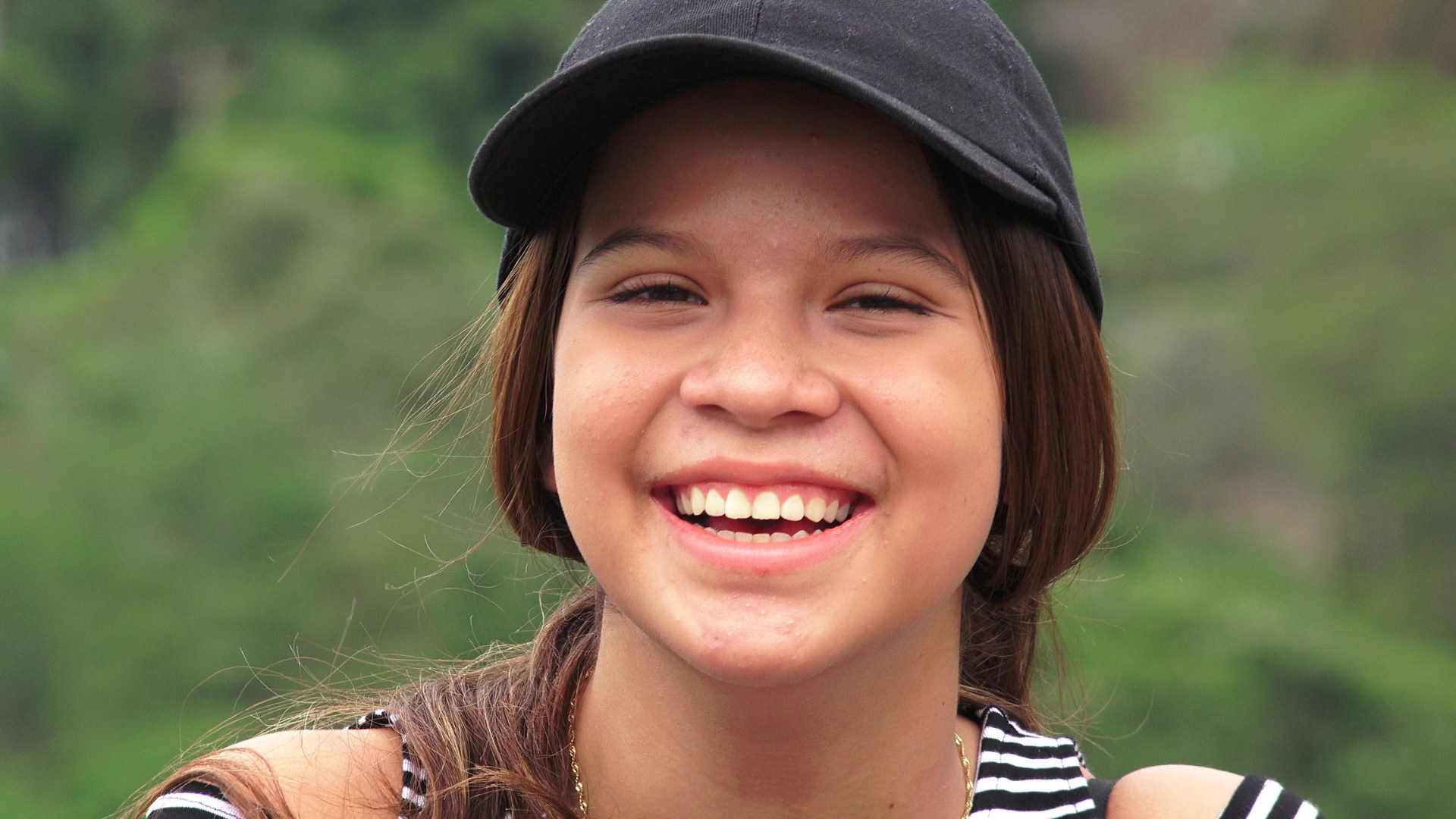
19. More on Change is Possible
This seems obvious; however, I need to say it: Change can’t and won’t happen unless and until we do something different. The challenge is that we often want change, but we don’t want to do anything different to contribute to facilitating change. People tend to want to keep doing what is familiar and comfortable and often don’t want to let go of old patterns and responses.

20. Effective Ways to Find Resolution for Unwanted Feeling Responses
I want to focus on effective ways to deal with and find resolution for unwanted feeling responses we want to manage differently, such as anger, fear, and worry.